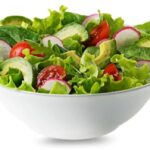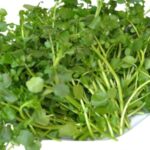Zucchini Cultivation
Zucchini is a nutrient-rich and low-maintenance crop. There are two methods to grow zucchini: using seeds or planting young plants. If you opt for seeds, simply soak and sow them. For young plants, purchase and transplant them into pots or your garden. Zucchini typically takes about two months to reach maturity and be ready for harvest.
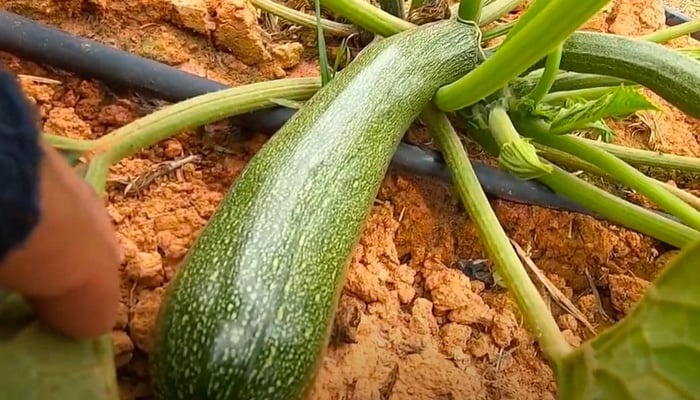
Zucchini
Spinach
Spinach is a highly nutritious vegetable that offers a range of culinary possibilities. August is the ideal month for northern regions to plant spinach. This easy-to-grow crop requires minimal care, and you can expect to harvest it within 25 to 30 days of planting.
Spinach seeds are simple to germinate. Ensure you provide sufficient water and nutrients, and your spinach will thrive.
Lettuce
Lettuce is a productive and adaptable crop that isn’t picky about soil type. Before sowing, soak the seeds in warm water for an hour or two. Plant the seeds about half a centimeter deep and water regularly to maintain moisture.
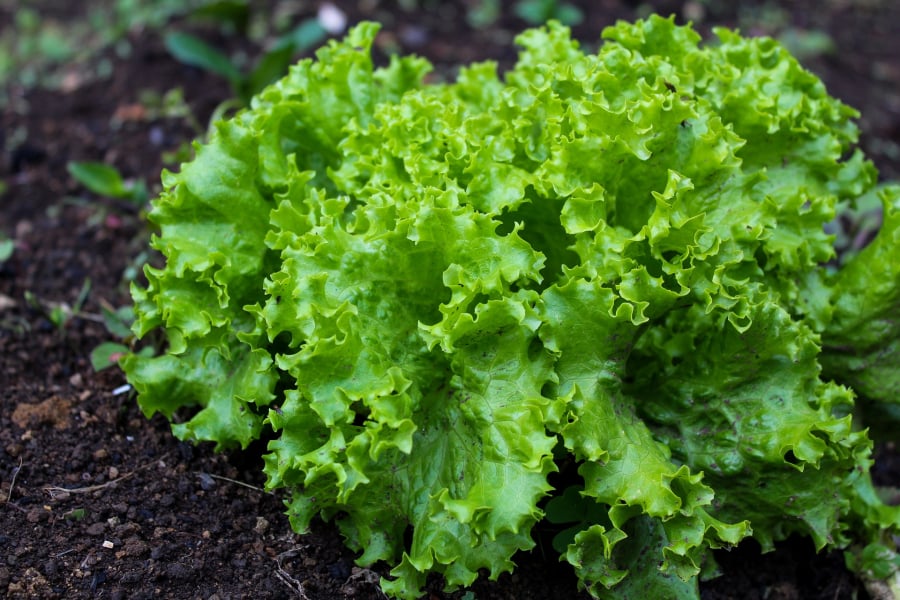
Lettuce
Turnips
Turnips can be planted from mid-August onwards. Purchase young plants and transplant them, ensuring you add well-rotted manure. Water daily, keeping the soil loose and airy. In about 80 to 100 days, you’ll be able to harvest your turnips.
Broccoli
For a quicker harvest, plant broccoli seedlings at the end of July or early August instead of using seeds. Prepare the soil with well-rotted manure, transplant the seedlings, and maintain moisture with daily watering.
Amaranth
Amaranth is an excellent choice for August planting. This nutrient-dense vegetable is packed with vitamins that boost immunity and enhance overall health. Additionally, its anti-inflammatory properties help prevent dental issues, regulate diabetes, and improve digestion.
Cabbage
By planting cabbage in August, you can expect to harvest it in November or December. The process of planting cabbage seedlings is similar to that of turnips or broccoli.
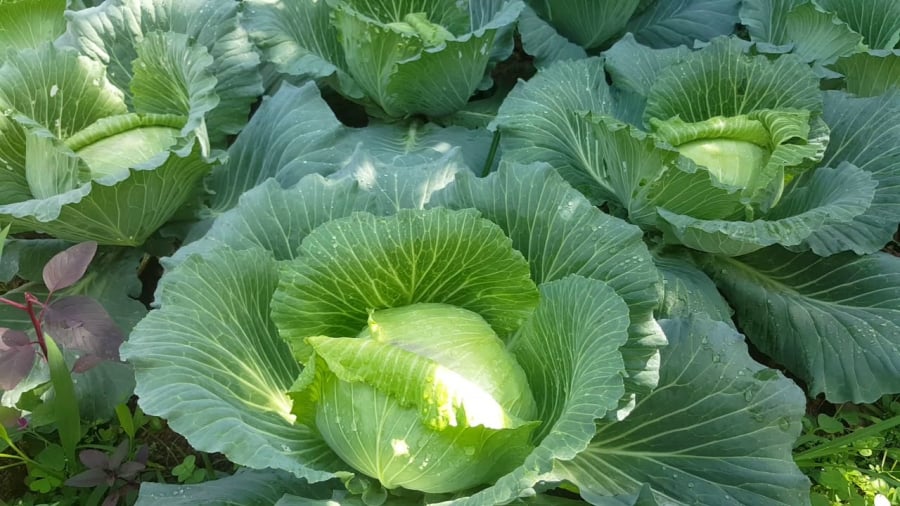
Cabbage
Coriander
Soak coriander seeds in warm water (35-37°C) for 24-30 hours. After soaking, sow the seeds and maintain moist soil to encourage germination. If the plants become too crowded, thin them out to allow the remaining plants room to grow. You should be able to harvest coriander within a month.
What Vegetables Should Not Be Cooked Together?
What vegetables should never be cooked together? Carrots and turnips, tomatoes and potatoes, zucchini and squash, and tomatoes and cucumbers should not be mixed. But why? Find out the reasons behind these incompatible pairings and discover the secrets to creating harmonious vegetable dishes.




























